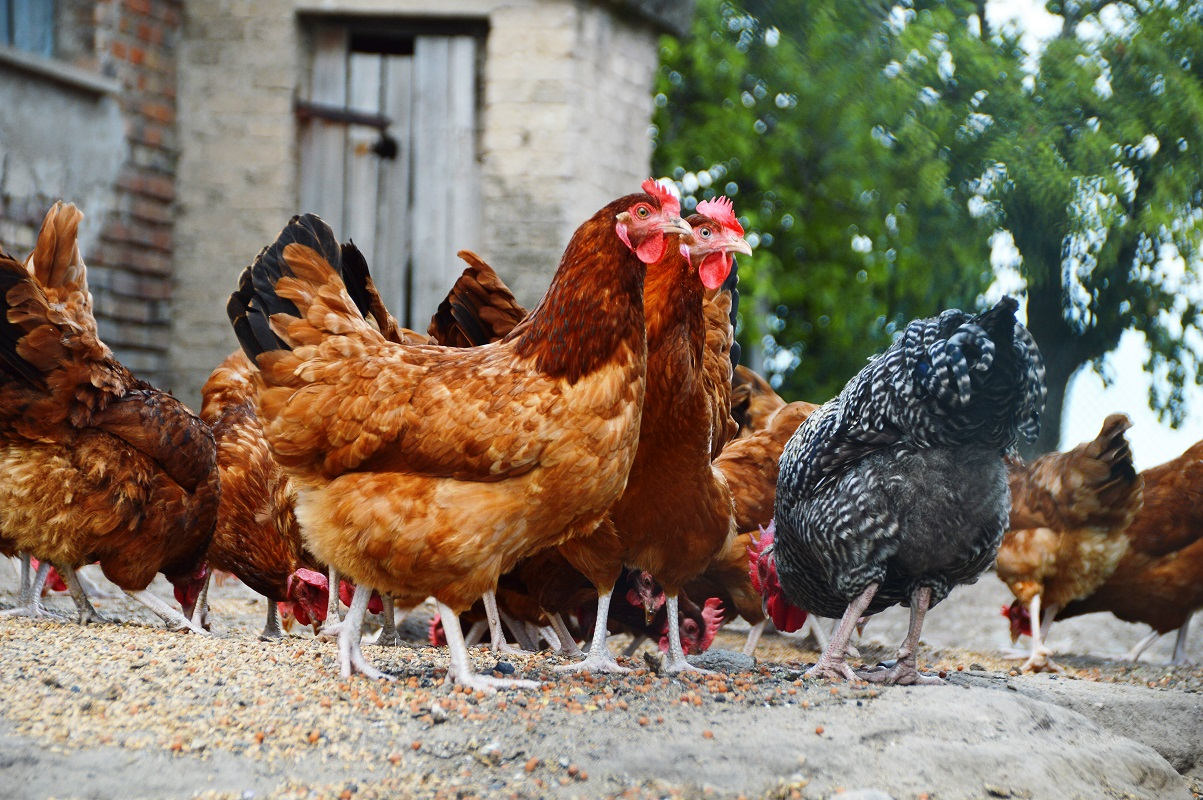Russian scientists are first to describe the genomic structure of birds

Academy of Sciences and St Petersburg State University are the first to fully sequence the DNA of birds using the 3D genomic methods.
The results of their research, published in Nucleic Acids Research will help to better understand how the DNA genome is folded and the causes of many genetic diseases.
In principle, genetic material (DNA molecules) is represented as a linear sequence of nucleotides. However, innovative biochemical and bioinformatic methods have made it possible to study how the the genome is organized in three-dimensional space. The result has been the discovery of new sustainable packing units of chromatin (TADs (topologically associated domains)). TADs can be represented as regions, each of which includes a specific set of genes and their regulatory sequences. These domains are evolutionarily conservative. First, they occur at the same location (they are topologically associated). Second, they are present in most cells of many organisms, including humans. Geneticists around the world are studying TADs in many different species.
Thus scientists at St Petersburg University, jointly with their colleagues from Novosibirsk, conducted the first genome-wide analysis of birds by examining the DNA architecture of the domestic chicken. Specialists at the Institute of Cytology and Genetics of the Siberian branch of the Russian Academy of Science collected genomic architecture data by chromatin conformation capture methods and new-generation sequencing (Hi-C) followed by bioinformatic analysis. The Petersburg cytologists tested the results and visualised them using fluorescence in situ hybridization microscopy.
The Russian scientists discovered that the domestic chicken has TADs across the whole genome, which means that this method of DNA folding is common not only for mammals, but also for birds. In addition, despite the fact that the chicken genome is small, the size of its topologically associated domains are almost comparable to those of humans (from 700 thousand to one million nucleotide pairs).
'We can find common gene sequences extending over rather long sections in different classes of organisms. When a genome goes through alterations, for example, over the process of evolution, one area gets shifted to a different location. The break points where these shifts take place are in most cases on the border of TADs and not inside them. Thus, topologically associated domains in these regions preserve their internal structure. This makes them evolutionarily conservative and so they persist across even very distant species. In other words, TAD is a stable structural unit that ensures the proper gene functioning', so explained Alla Krasikova, Associate Professor at St Petersburg University.
In future, the study of genomic architecture may promote investigation into many genetic diseases that result from damage done to TAD boundaries. Among these are leukaemia and other cancers, acropectorovertebral dysplasia (F-syndrome), demyelinating leukodystrophy, and mesomelic dysplasia.
A full understanding of how DNA loops within TADs are organized may aid in therapeutic editing of their boundaries in cases where they are damaged and then in selecting the appropriate therapy based on the cause of the cell's malignant transformation.
Benyamin Fishman, PhD, head researcher at the Institute of Cytology and Genetics of the Siberian branch of the Russian Academy of Sciences
Furthermore, 3D-genomics will be a useful tool for gene selection. For example, information about the boundaries of topologically associated domains will potentially allow for the manipulation of genes involved in egg production or frost resistance in domestic chickens. In fact, the FR-AgENCODE project in France involves an international team of scientists collecting data on the genome architecture of different farm animals.
Another discovery was made at St Petersburg State University and the Institute of Cytology and Genetics of the Siberian branch of the Russian Academy of Sciences. This involved comparing TADs of two types of cells in the domestic chicken: erythrocytes and embryonic fibroblasts. Erythrocytes are red blood cells that contain haemoglobin and are responsible for the transportation of oxygen. Blood cells of this type in birds have a nucleus, unlike mammals, whose nucleus, together with the genome, gets lost in the process of maturation. In their genomic folding, smaller nuclear size and inactive genes, erythrocytes are dramatically different from the other somatic cells. A group of researchers established that, among other things, they do not have TADs. In future, a comparative analysis of ordinary cells and red blood cells may help scientists find out the mechanisms of the emergence and disappearance of topologically associated domains.
'Today, scientists have many hypotheses about how TADs are formed, how they retain their structure and how they emergeafter mitosis (cell division). For example, there are no TADs in chromosomes involved in the process of mitosis. But when chromosomes are decondensed in the next phase, TADs appear more or less where they were before. It may be the case that there is some sort of mechanism that screws the chromatid area (the TAD) into place back where it had been before. What exactly these mechanisms are has yet to be explained', Krasikova answered.
Comparing chromatin domains in somatic and sex cells is also a promising line of research. So scientists at the St Petersburg University, jointly with their colleagues from Novosibirsk, are planning to use Hi-C and fluorescent in situ hybridization methods to study genomic architecture in the giant lampbrush chromosomes (chromosomes shaped like bottle brushes), structures that are characteristic of growing oocytes.

